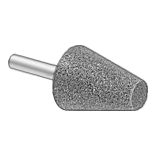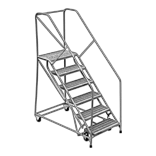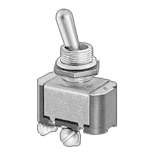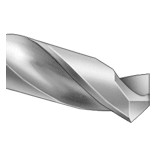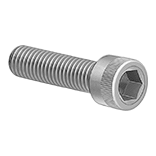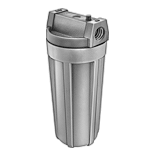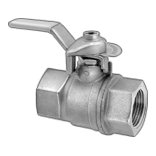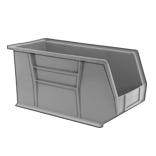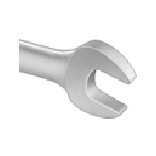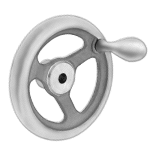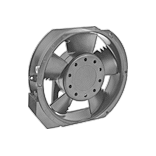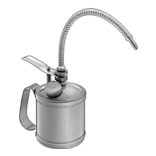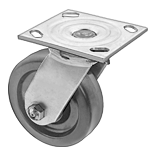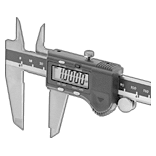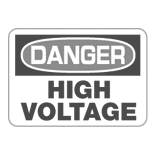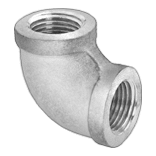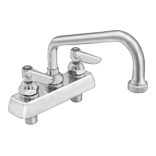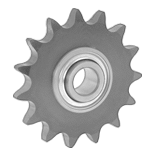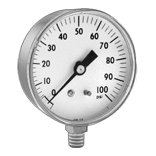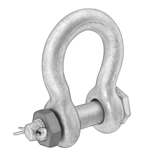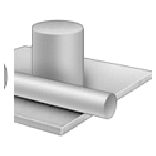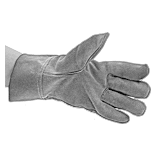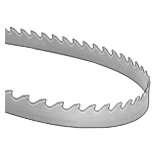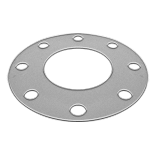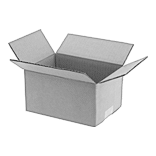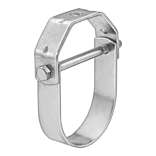Silicon-Nitride Ceramic Ball Probe Styli for Aluminum

Aluminum doesn’t rub off onto silicon-nitride ceramic the same way it does on ruby, so these Renishaw styli keep their shape as you scan. However, because silicon-nitride ceramic doesn’t stand up to wear as well as ruby, these styli aren’t a good choice for harder materials, such as steel and cast iron. When they touch a workpiece, they trigger your coordinate measuring machine (CMM) probe to send a signal and measure geometric features. They have a completely round ball end to avoid touching your workpiece at more than one precise point, preventing inaccurate measurements.
As a rule of thumb, you should use a stylus with the shortest length and largest ball end diameter that works for your application. If a stylus is too long, it’s more likely to move farther than it should, reducing measurement accuracy. Larger ball ends minimize the risk that the stem will accidentally touch your workpiece and interfere with the reading.
Carbon fiber stems are the most lightweight option, so they’re often found on longer styli.
For technical drawings and 3-D models, click on a part number.
Material | Ball | |||||||||||
|---|---|---|---|---|---|---|---|---|---|---|---|---|
| End Dia., mm | Effective Working Lg., mm | O'all Lg., mm | Stem Dia., mm | Stem | Body | End Dia. Tolerance, mm | Grade | Sphericity Tolerance, mm | Manufacturer | Manufacturer Model Number | Each | |
M2 × 0.4 mm | ||||||||||||
| 5 | 50 | 50 | 3 | Carbon Fiber | Stainless Steel | -0.00013 to 0.00013 | 5 | -0.00013 to 0.00013 | Renishaw | A-5004-1971 | 0000000 | 0000000 |
